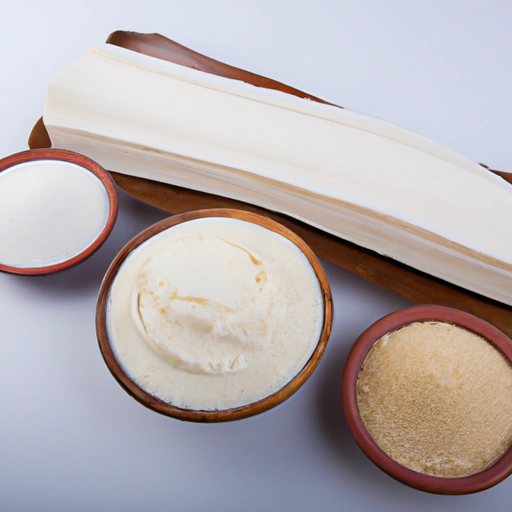Gari
Description

Gari is a popular West African food ingredient derived from cassava tubers. It is a grain-like staple that is gluten-free and versatile, used in a variety of dishes. Gari is traditionally white or creamy in color, but can also be found in a yellow variety, which is mixed with palm oil during processing. Its texture can vary from fine to coarse granules.
Common uses
Gari is commonly used as a side dish, similar to rice or couscous, and as a base for soups and stews. It is also used to make a popular snack called 'gari soakings,' where it is soaked in cold water, mixed with sugar, and often accompanied by milk and nuts.
Nutritional value
Calories
Approximately 330-350 kcal per 100 g (3.5 oz).
Protein
1-2 g per 100 g (3.5 oz).
Fat
Less than 1 g per 100 g (3.5 oz).
Carbohydrates
Approximately 80 g per 100 g (3.5 oz), predominantly in the form of starch.
Vitamins
Contains trace amounts of B vitamins.
Minerals
Rich in potassium with some calcium, magnesium, and iron.
Health benefits
Gari is low in fat and protein but high in carbohydrates, providing energy. Its fermentation increases the bioavailability of some minerals, making it a nutritious component of the diet.
Potential risks
Although gari is generally safe to consume, it lacks sufficient protein and essential amino acids. Overconsumption may lead to malnutrition. Additionally, improper processing may not completely remove cyanide compounds, posing health risks.
Common recipes
Gari is used in recipes such as 'Eba' when mixed with hot water to form a dough-like consistency, garnished with soups or stews. It's also a key ingredient in 'Gari Foto,' a dish made with fried gari and vegetables or beans.
Cooking methods
Gari does not require cooking and is often soaked or mixed directly into dishes. However, for some recipes, it can be fried or baked.
Pairing with other ingredients
Gari pairs well with a variety of ingredients, including beans, vegetables, fish, and meats. It also complements spicy sauces and soups.
Summary
Gari is a gluten-free, versatile staple in West African cuisine. It is a processed form of cassava, offering an array of culinary uses, from side dishes to snacks. Its high carbohydrate content makes it a valuable energy source, though it should be consumed as part of a balanced diet due to its low protein content. With its rich cultural history and varied applications, gari is a unique ingredient that can bring the flavors of Africa to kitchens around the world.